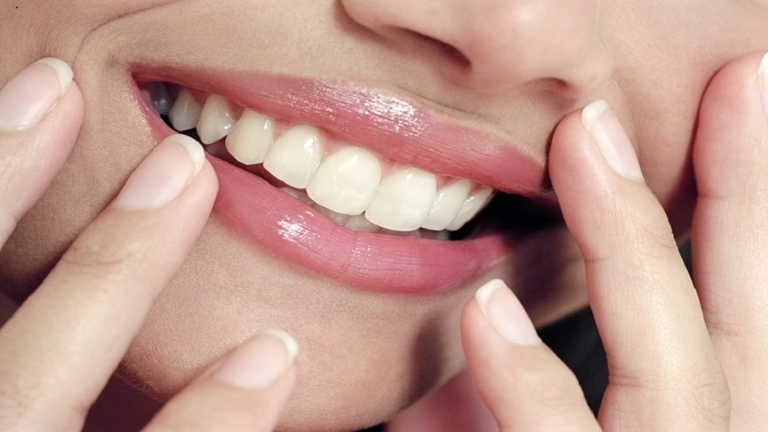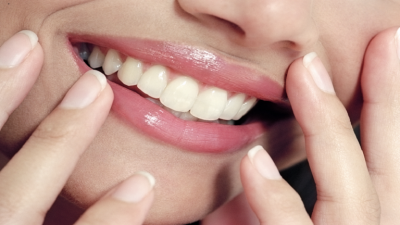We use our lips every day, but have you ever stopped to ask yourself: why are lips so red, highly sensitive, and prone to dryness? And why have humans evolved to have lips when other creatures live without them? Noel Cameron, a professor of human biology at Loughborough University in the UK, told "Live Science" in an email: "Lips are essential for eating, breathing, and speaking."
Cameron noted that lips are sensitive. According to Jamaica Hospital, lips contain about a million nerve endings, which is why they are affected by touch, temperature changes, and humidity levels. Cameron explained: "The skin of the lip forms the boundary between the outer skin of the face and the inner mucous membrane of the mouth. The mucous membrane is represented by a large area in the sensory cortex of the brain, and thus it is highly sensitive."
He clarified that due to this sensitivity, lips can perform fine and gross muscular movements. This ability to move precisely—provided by five muscles that raise the lip (upward movement) and four muscles that depress the lips (downward movement)—enables humans to communicate the way we do. Cameron stated that lips are crucial for "bilabial and labiodental sounds, as well as for shaping vowels." Bilabial sounds can only be produced using both lips, while labiodental sounds require the use of the lips and teeth.
Cameron added that without using or moving your lips, it's extremely difficult to create some sounds or pronounce certain letters: try pronouncing the letters M, W, or B without using your lips, for example, to get an idea of the difficulties speakers face.
But why do lips appear the way they do? Why are they so red, especially when compared to other parts of the face? Cameron said: "The skin of the lip, made up of three to five cellular layers, is very thin compared to typical facial skin, which can have up to 16 layers. With lighter skin, lip tissue has fewer pigment cells (the cells that produce melanin, which gives skin its color). This is why the blood vessels show through the skin of the lips, leading to their noticeable red color."
Cameron added that with darker skin, the effect is less pronounced because "the skin of the lips contains a greater amount of melanin and is therefore visually darker." He noted there are also other differences between the lips and other parts of the human face. The skin on the lips is extremely thin, hairless, and lacks sweat glands. Thus, they are relatively fragile and dry to the touch and crack easily. They do not have the usual protective layer of sweat and body oils that keeps skin soft, prevents pathogens, and regulates warmth, so lips dry out faster and become chapped more easily.
Like the palms of the hands and soles of the feet, lips do not have hair follicles, and therefore hair does not grow there. This is because these areas of the body function more effectively without hair—it would be much harder to grasp things if our palms were hairy, while our lips would be less able to articulate clearly if they were burdened with hair.




